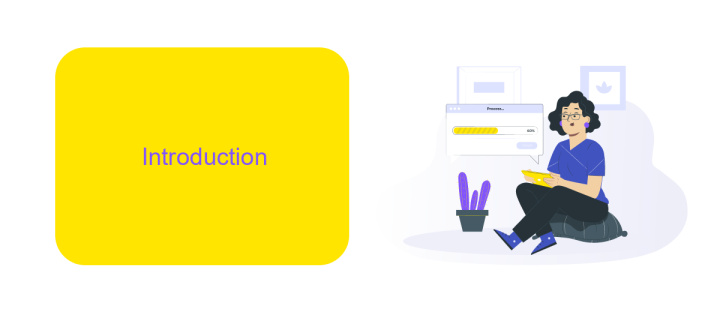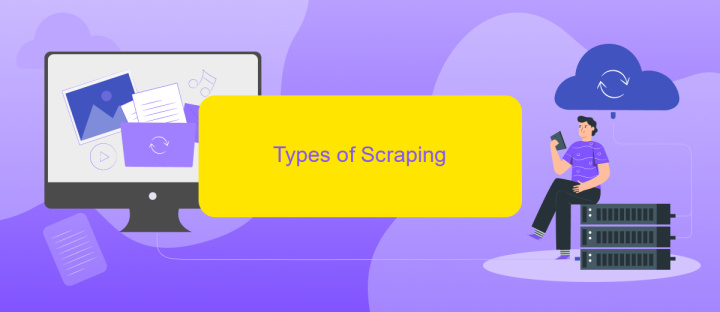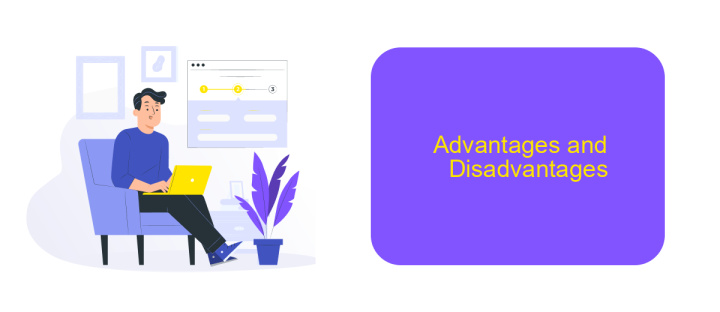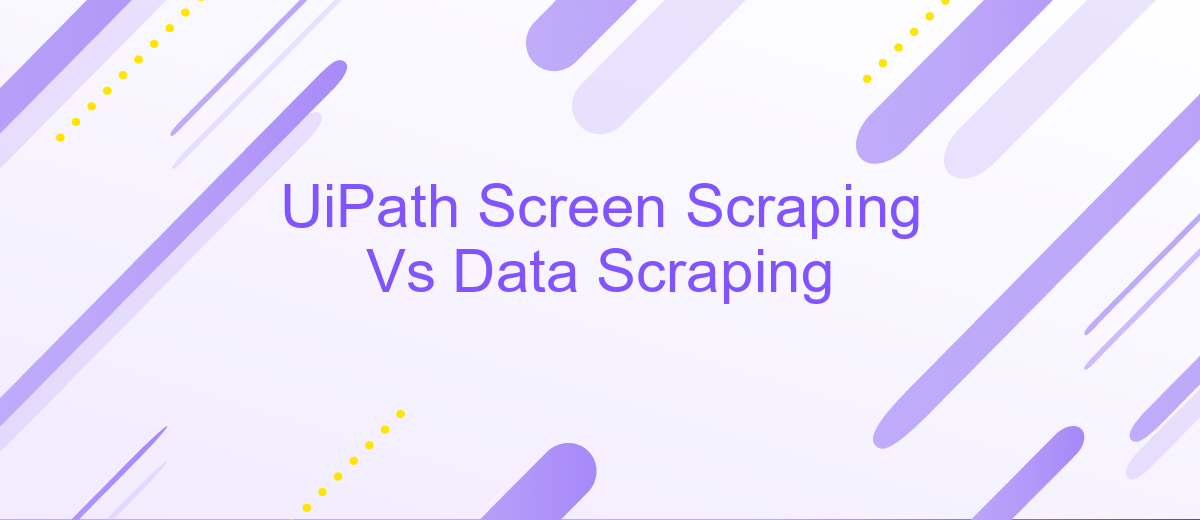UiPath Screen Scraping Vs Data Scraping
UiPath offers powerful automation tools, but understanding the differences between screen scraping and data scraping is crucial for optimal performance. Screen scraping captures visual elements from the screen, while data scraping extracts structured information from web pages or documents. This article delves into the nuances of both methods, helping you choose the right approach for your automation needs.
UiPath Screen Scraping vs Data Scraping
UiPath offers two primary methods for extracting data: Screen Scraping and Data Scraping. Both techniques have their unique advantages and are suited for different scenarios. Understanding the differences between them can help you choose the right approach for your automation projects.
- Screen Scraping: This method captures data from the screen as it appears visually. It is useful for extracting information from applications where structured data is not available.
- Data Scraping: This technique extracts structured data from web pages or applications using selectors. It is more efficient for scenarios where data is organized in a tabular format or follows a consistent pattern.
Choosing between Screen Scraping and Data Scraping depends on the nature of the data and the application you are working with. For seamless integration of data across platforms, consider using services like ApiX-Drive, which can automate data transfer and synchronization between various applications, enhancing the efficiency of your automation workflows.
Introduction

In the rapidly evolving field of robotic process automation (RPA), UiPath stands out as a leading platform, offering robust tools for automating repetitive tasks. Among its many features, screen scraping and data scraping are two critical functionalities that often come into play. Understanding the differences between these two methods is essential for optimizing workflows and ensuring data accuracy.
Screen scraping involves capturing visual elements from a screen, which is particularly useful for dealing with legacy systems or applications without accessible APIs. On the other hand, data scraping extracts structured data directly from web pages or documents, providing a more reliable and efficient way to gather information. Both techniques have their unique advantages and limitations, and the choice between them depends on the specific requirements of the task at hand. For seamless integration of these scraping methods with other platforms, services like ApiX-Drive can be invaluable, enabling smooth data transfers and enhancing overall automation efficiency.
Types of Scraping

Screen scraping and data scraping are two fundamental techniques used to extract information from various sources. Both methods have their unique applications and advantages, depending on the specific requirements of a project.
- Screen Scraping: This technique involves capturing visual data from the screen, often used when dealing with legacy systems or applications without an API. It can extract text, images, and other elements displayed on the screen.
- Data Scraping: Also known as web scraping, this method extracts structured data from websites using automated tools. It is ideal for gathering large volumes of data from web pages, such as product information, prices, and user reviews.
- API Integration: For more efficient and reliable data extraction, integrating APIs can be beneficial. Services like ApiX-Drive facilitate the connection between different applications, enabling seamless data transfer and automation.
Choosing the right scraping technique depends on the data source and the project's goals. While screen scraping is useful for visual data extraction, data scraping is more suited for structured web data. API integration services like ApiX-Drive can further enhance the data extraction process by providing robust and automated solutions.
Advantages and Disadvantages

When comparing UiPath Screen Scraping and Data Scraping, it's essential to understand their unique advantages and disadvantages. Screen scraping is particularly useful for extracting data from applications that do not provide APIs or other straightforward methods of data access. It can capture visual data directly from the screen, making it versatile but potentially less reliable due to changes in the UI.
On the other hand, data scraping focuses on extracting structured data from web pages or databases. This method tends to be more reliable and efficient, especially when APIs are available, as it directly interacts with the data sources rather than the visual elements.
- Screen Scraping Advantages: Versatile, can extract data from any visual source.
- Screen Scraping Disadvantages: Susceptible to UI changes, less reliable.
- Data Scraping Advantages: More reliable, efficient, and faster with structured data.
- Data Scraping Disadvantages: Limited to data sources with accessible APIs or structured formats.
Choosing between screen scraping and data scraping depends on the specific requirements of your project. For more reliable and efficient data extraction, especially when APIs are available, data scraping is generally preferable. Tools like ApiX-Drive can further enhance data integration by providing seamless API connections, making data scraping even more effective.
Conclusion
In conclusion, both UiPath Screen Scraping and Data Scraping offer robust solutions for automating the extraction of information from various sources. Screen Scraping excels when dealing with unstructured data from user interfaces, making it ideal for legacy systems and applications without APIs. On the other hand, Data Scraping is more efficient for structured data extraction from web pages and databases, providing higher accuracy and easier integration with other systems.
Choosing between these two methods depends largely on the specific needs and context of your automation project. For seamless integration and enhanced workflow automation, services like ApiX-Drive can be invaluable. ApiX-Drive facilitates the connection between different applications, ensuring that the extracted data is efficiently transferred and utilized across your systems. Ultimately, understanding the strengths and limitations of each scraping method will enable you to make an informed decision and optimize your automation processes.


FAQ
What is the main difference between UiPath Screen Scraping and Data Scraping?
Can Screen Scraping be used for web data extraction?
Which method is more reliable for extracting data from web applications?
Is it possible to automate the integration and configuration of UiPath for data extraction tasks?
What are the limitations of Screen Scraping?
Time is the most valuable resource in today's business realities. By eliminating the routine from work processes, you will get more opportunities to implement the most daring plans and ideas. Choose – you can continue to waste time, money and nerves on inefficient solutions, or you can use ApiX-Drive, automating work processes and achieving results with minimal investment of money, effort and human resources.

